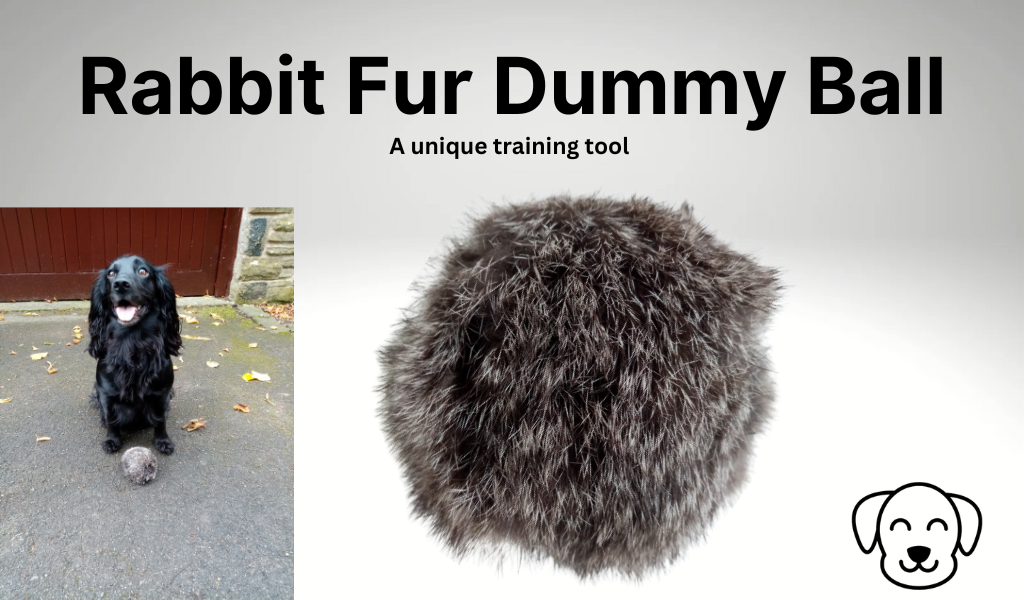
The Rabbit Fur Training Dummy Ball From Goygar
Discover how our Rabbit Fur Dummy Ball can enhance and improve your gundog training.
Get Great Deals On Gundog Gear at www.goygar.com

Discover how our Rabbit Fur Dummy Ball can enhance and improve your gundog training.

Discover the ultimate guide for training your new Cocker Spaniel puppy! Essential tips and tricks for teaching your pup everything they need to know.
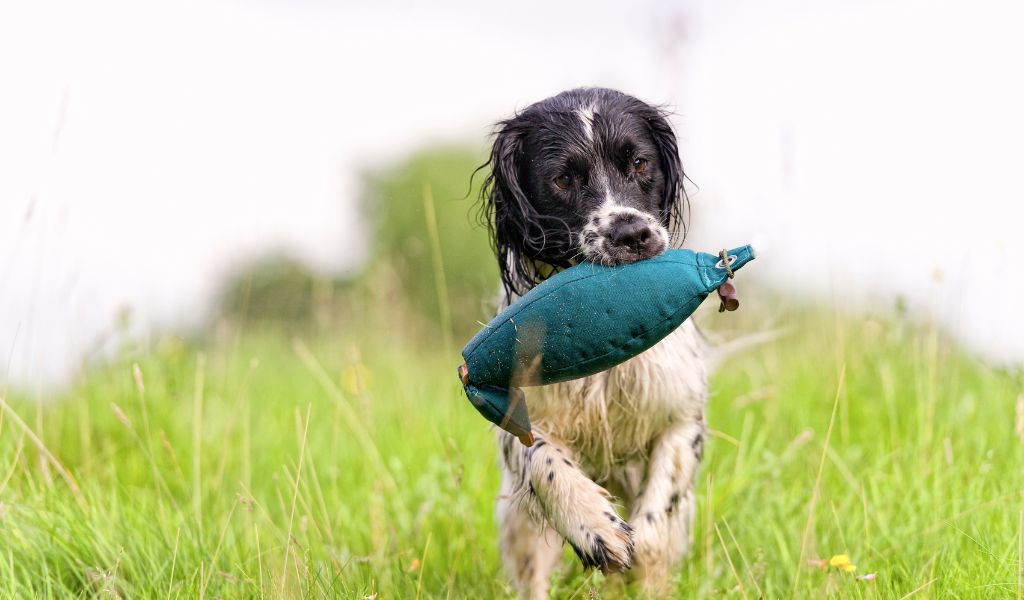
Discover effective Cocker Spaniel gundog training for puppies and working dogs. Whether you’re a seasoned trainer or new to gundogs, our techniques will help.
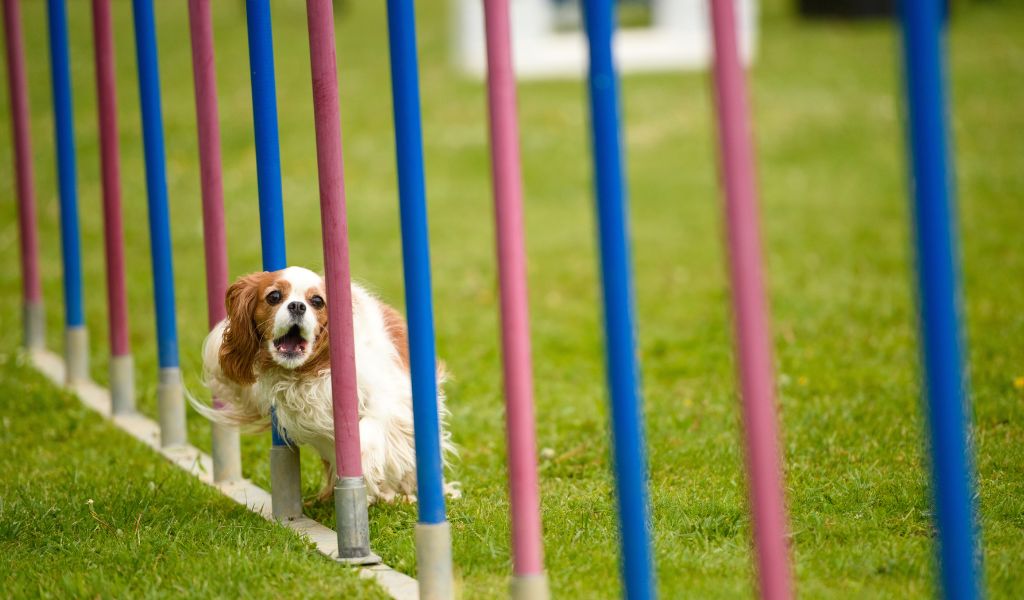
Cavalier King Charles spaniels are intelligent dogs that enjoy and respond well to training.
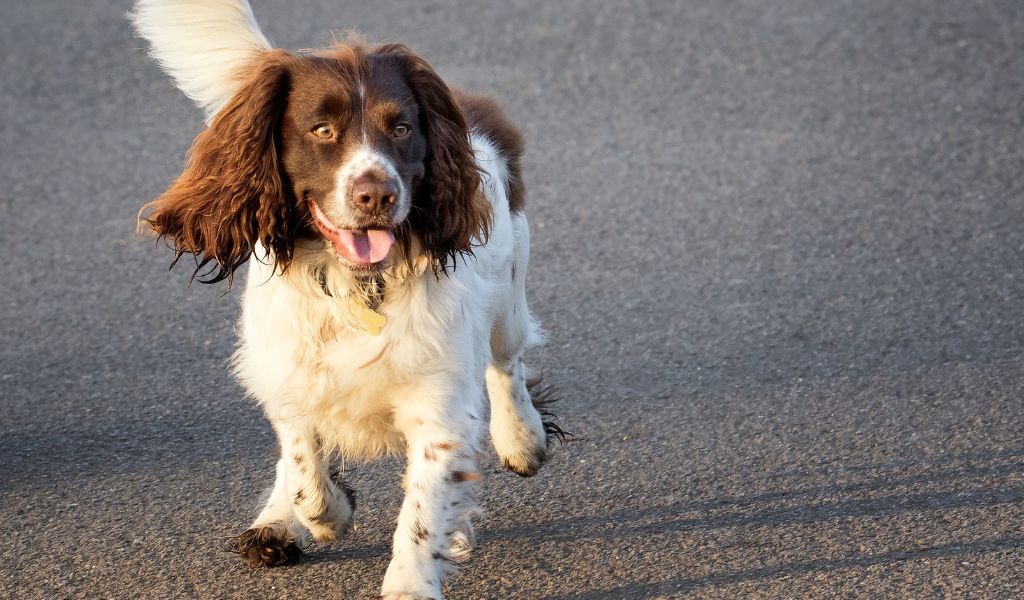
English Springer Spaniels are intelligent dogs that love training and with the right handling will quickly learn.
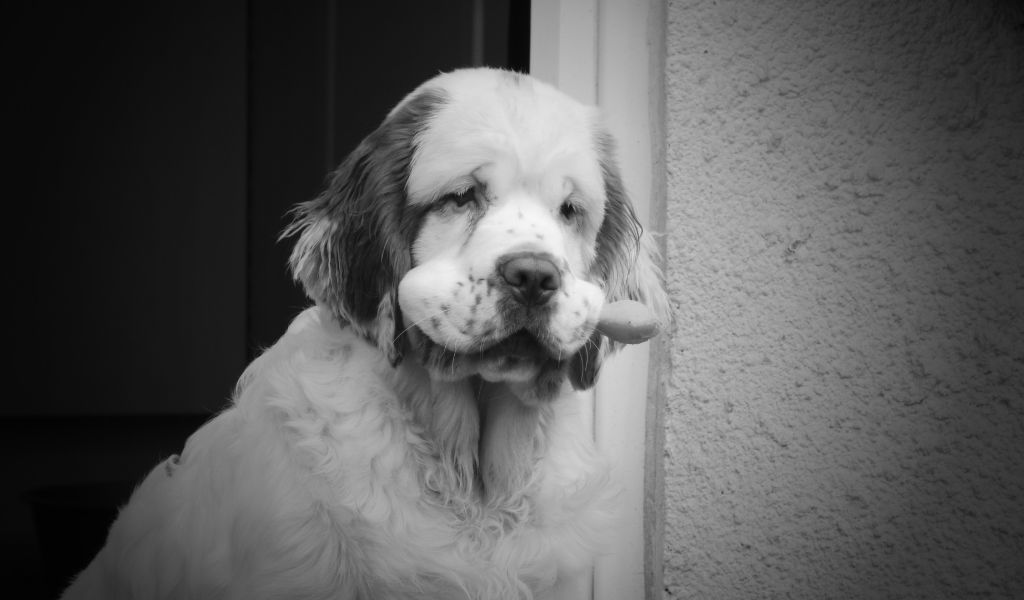
There are many different commands to teach a Clumber Spaniel. These are the most common.
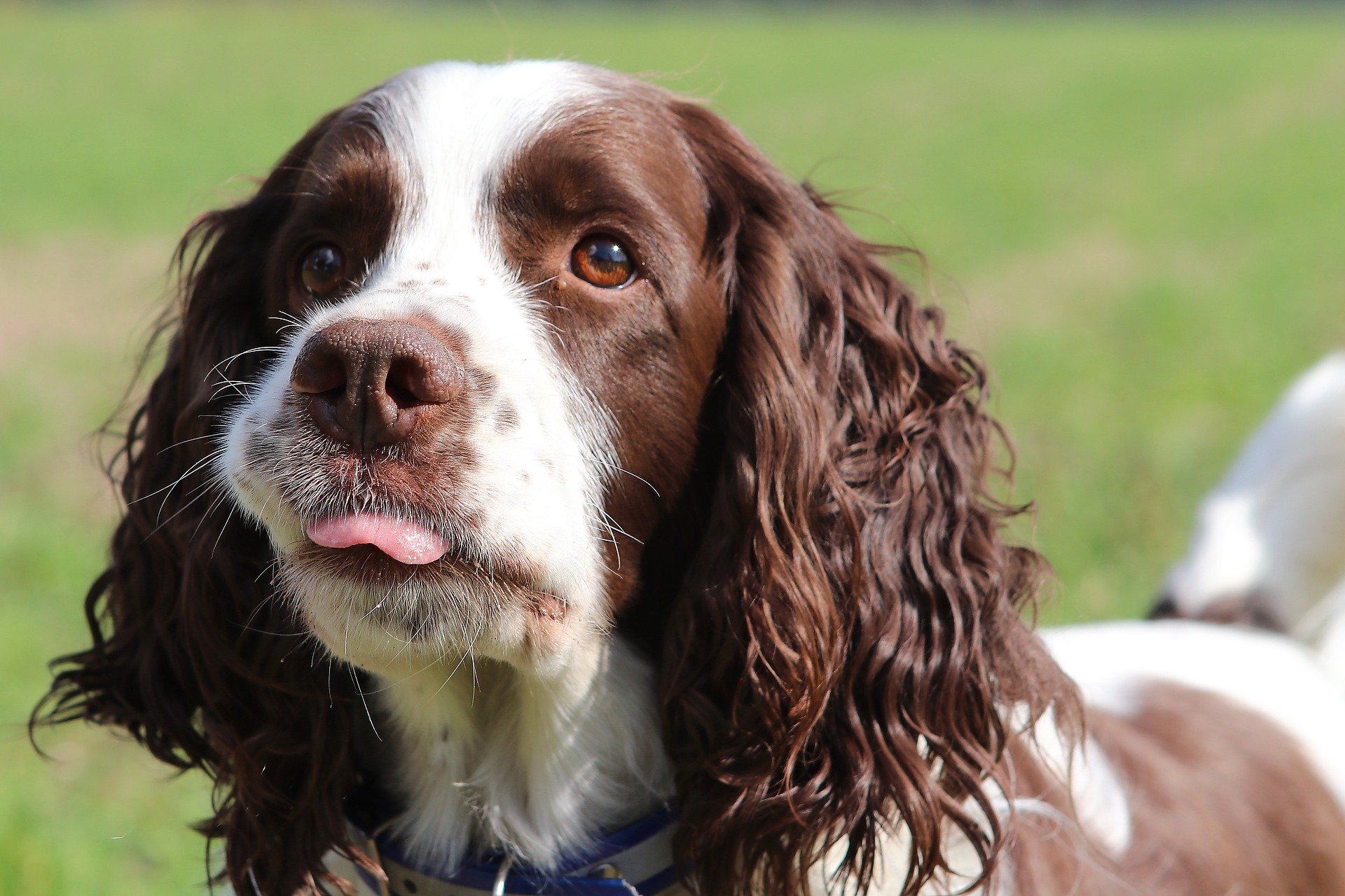
A key aspect of spaniel training is getting your spaniel to stop on the whistle. Let’s take a look at the way to achieve this.
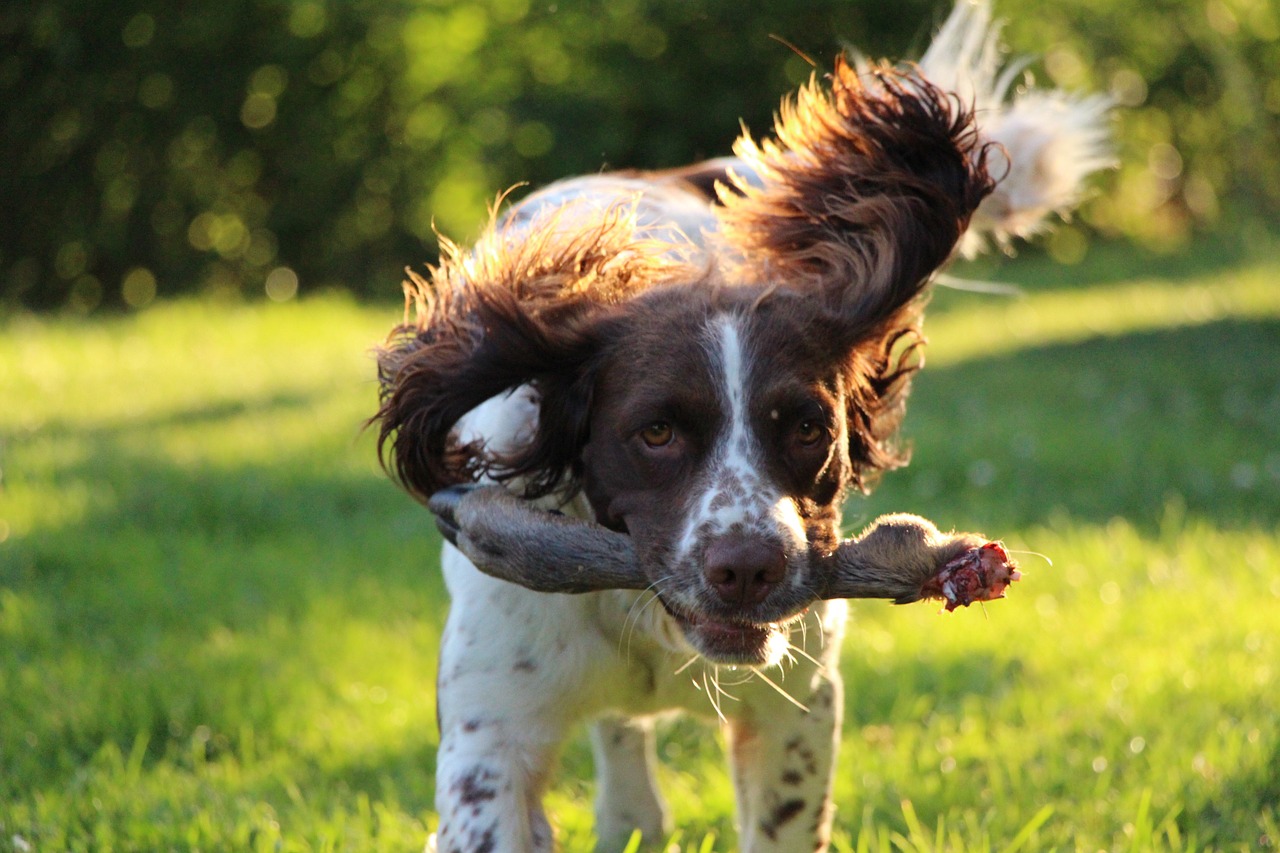
Learn the basics of spaniel training from an expert and set the foundation for a well-behaved, obedient adult dog. With practical tips and insights, you can train your spaniel to a high standard and enjoy the rewards of owning a skilled working dog and loyal companion.
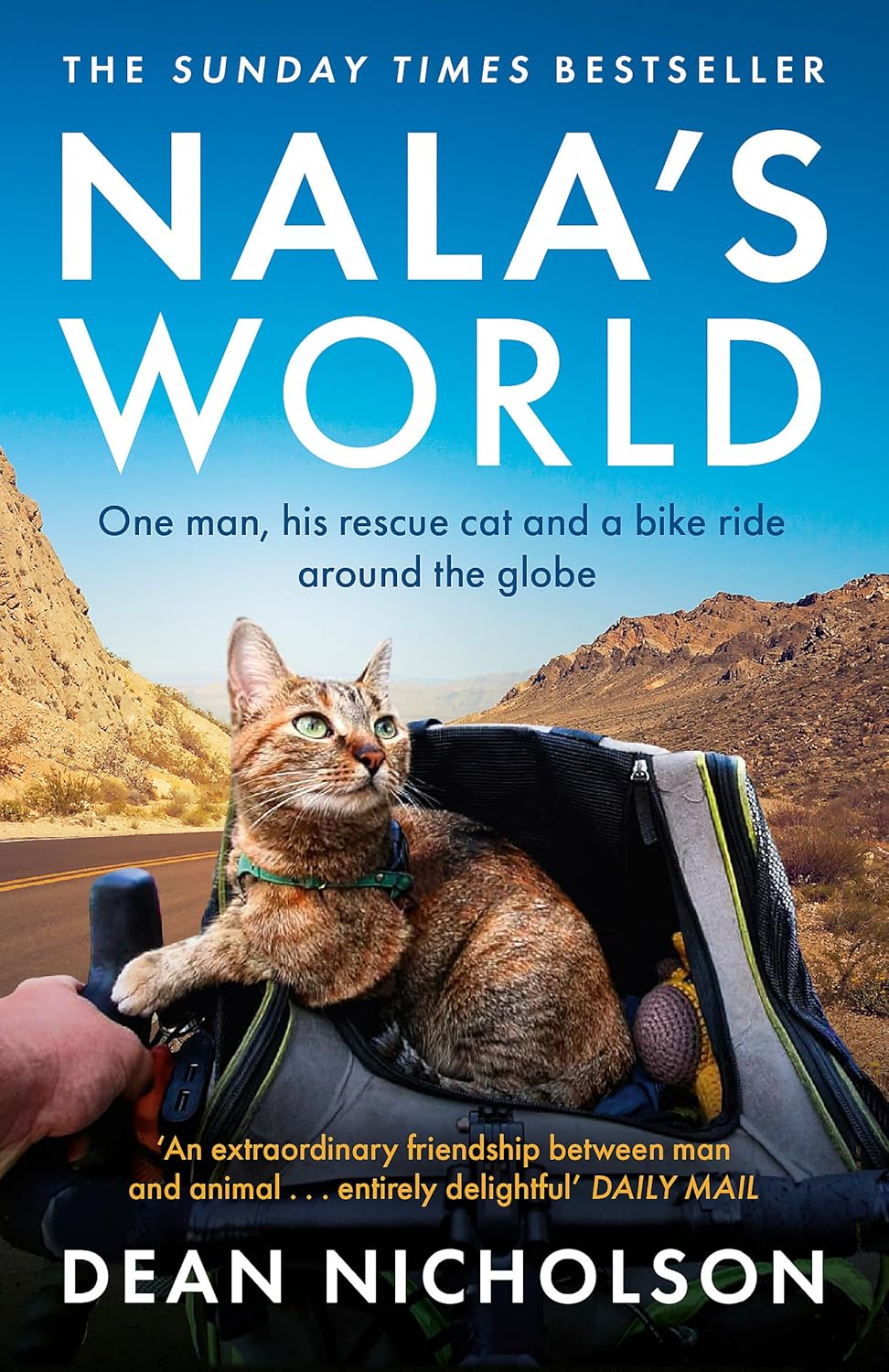
**THE SUNDAY TIMES BESTSELLER**‘As a chronicle of an extraordinary friendship between man and animal, and its unexpected consequences, it’s entirely delightful’ DAILY MAIL‘This uplifting retelling of their adventures together proves a welcome tonic’ THE SUN‘Heartwarming and utterly charming’ GUARDIAN‘A heart-warming and captivating travelogue’ THE i‘A gorgeous book about their adventures, complete with photos that will…
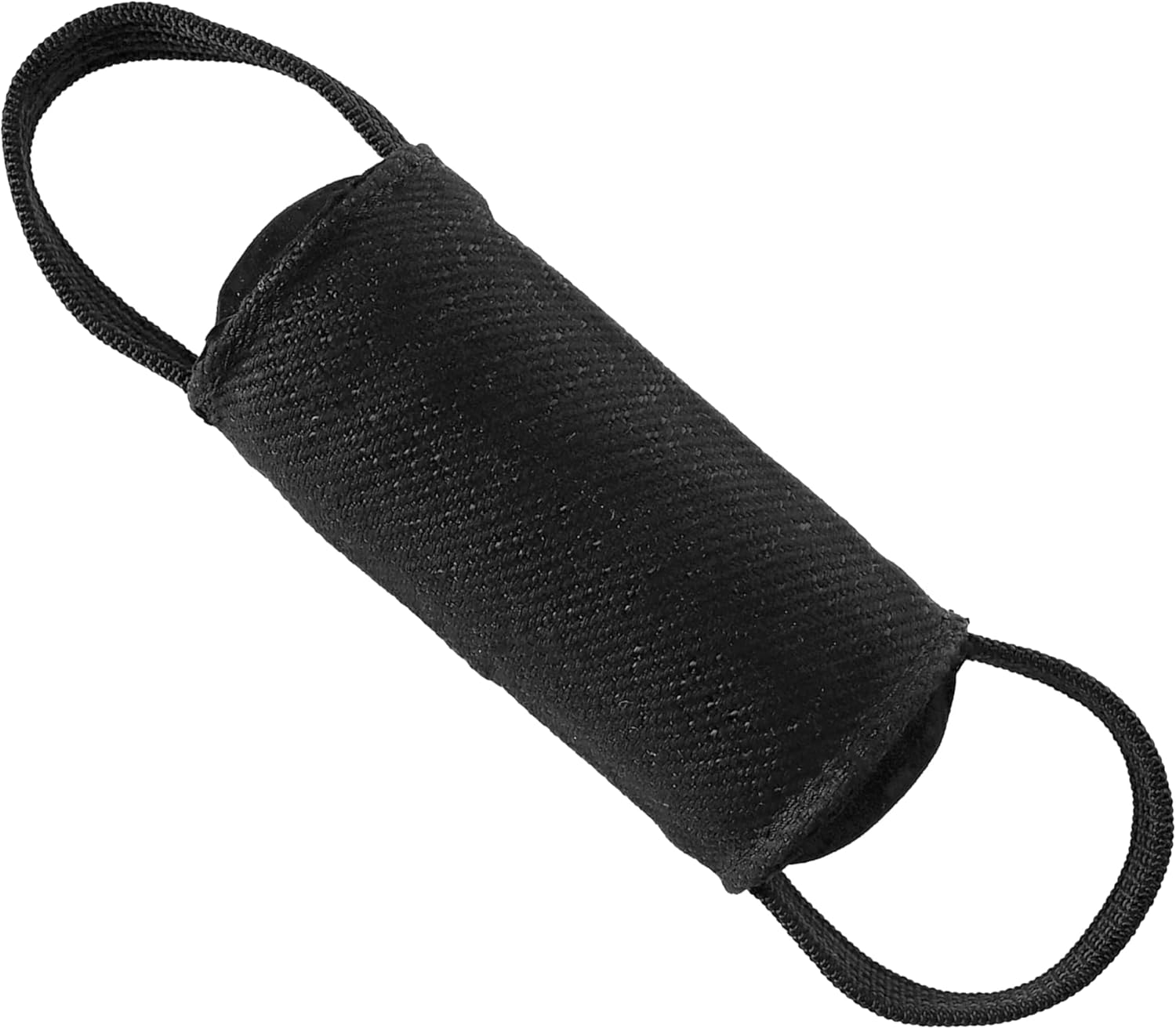
Does your dog dream of a durable tug toy for playtime and spending time with you during training sessions? Discover our cylinder-shaped training dummies and elevate your training experience and, of course, bonding with your furry friend. With two strong handles, these toys allow for tug of war and easy carrying. The roll/cylinder construction provides…

From the manufacturer A… Customers say Customers find the harness effective at keeping dogs in place and appreciate its sturdiness and well-made construction. The product is easy to use, with one customer noting it’s simple to put on and take off, and another mentioning the seatbelt catch can be released by the dog. It fits…

A dog trainer has shared the three breeds he believes are ‘perfect’ for families with kids, but also issued a chilling warning having seen dogs go terribly wrong around children in the past Ethan Blackshaw Deputy News Editor 04:00 ET, 30 Nov 2024Updated 04:00 ET, 30 Nov 2024 Dog training expert Will Atherton (file)(Image: YouTube/Will…
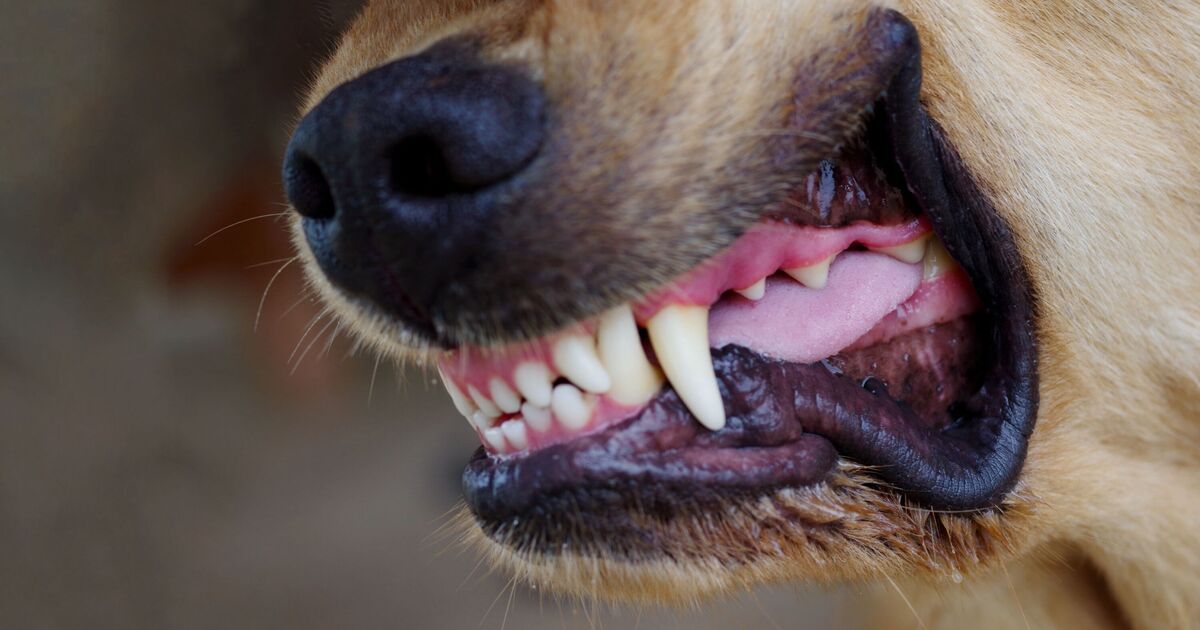
The dog expert, of Will Atherton Canine Training, stated: “My job is helping fix dogs when they’ve gone terribly wrong.” He warned that families may want to “steer well clear of” a certain dog breed if you have small children in the house. While the Belgian Malinois is “capable of crazy feats of obedience and…
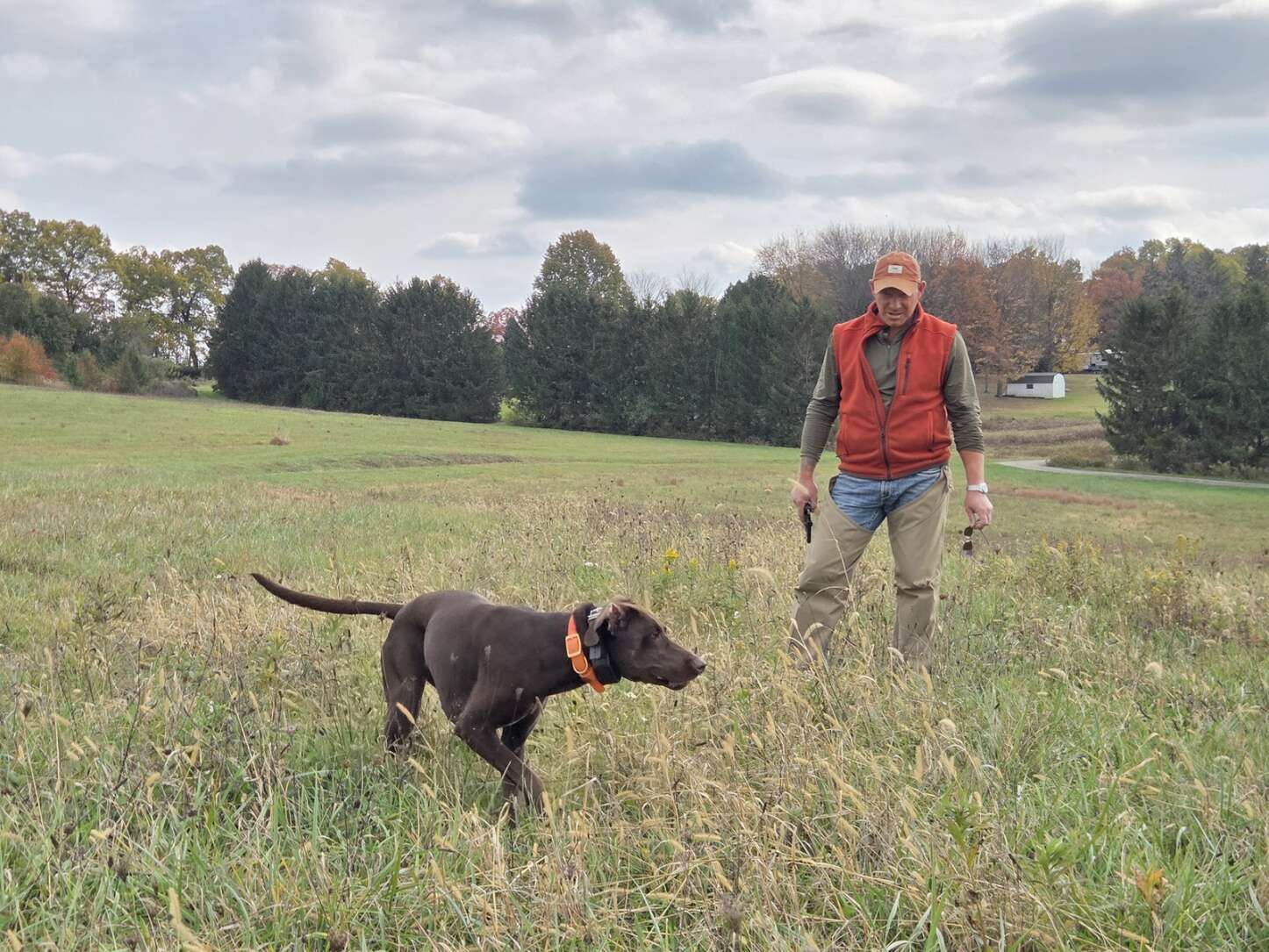
Hazel, a brown Pointador, seeks a quail in a field for trainer Mike Thompson, on Saturday, Nov. 1, in a field in Summit Township. Eddie Trizzino/Butler Eagle SUMMIT TWP — The tall grass in a field off Hinchberger Road was still Saturday, Nov. 1, but Hazel, a brown Pointador dog, combed the area at a…
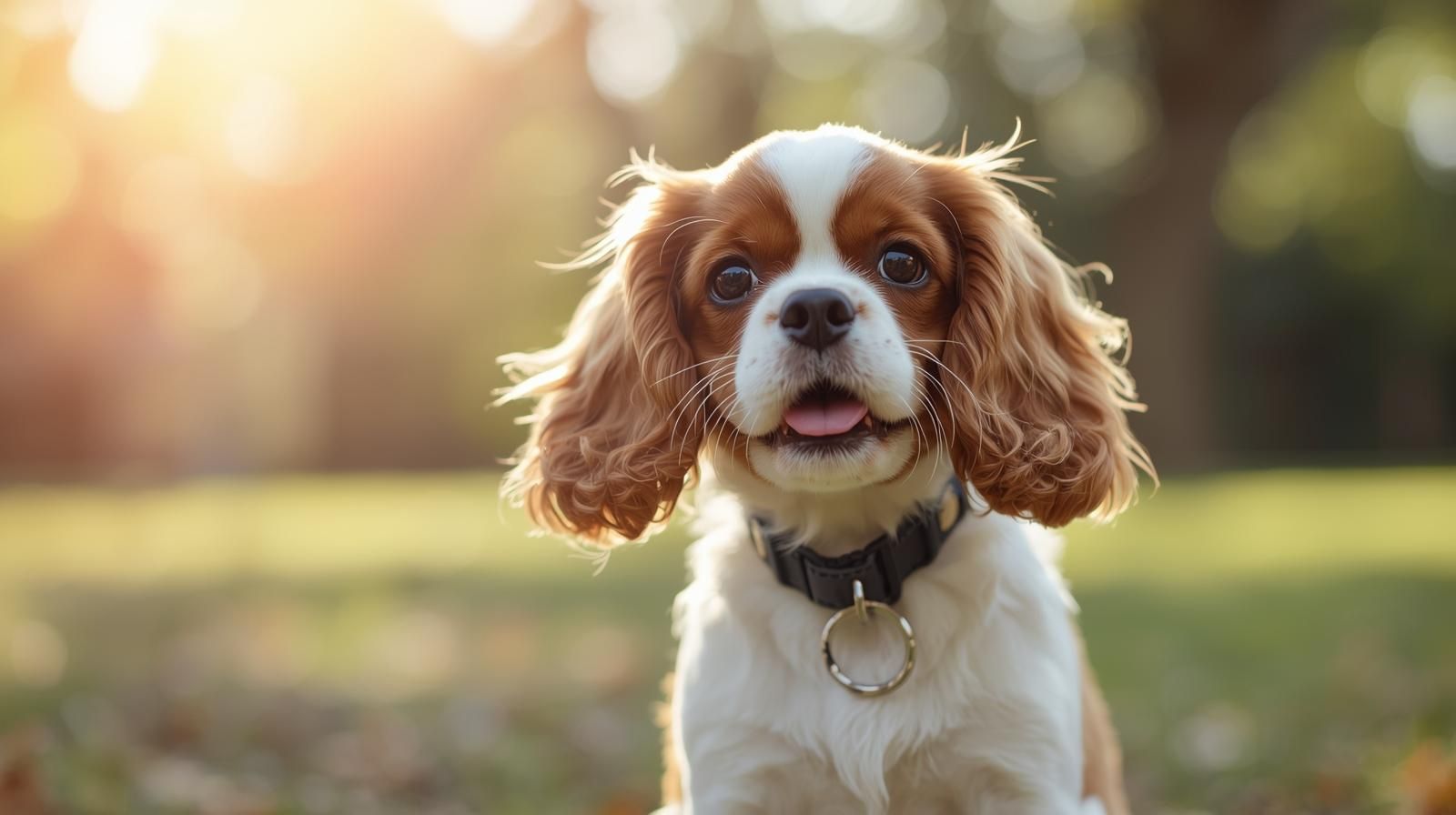
Welcoming a new baby or family member is exciting, but it can be a big adjustment for your Cavalier King Charles Spaniel. With the right preparation, you can help your dog stay calm, secure, and happy. From routine changes to safe spaces and first introductions, discover practical steps to ensure a smooth transition for everyone.
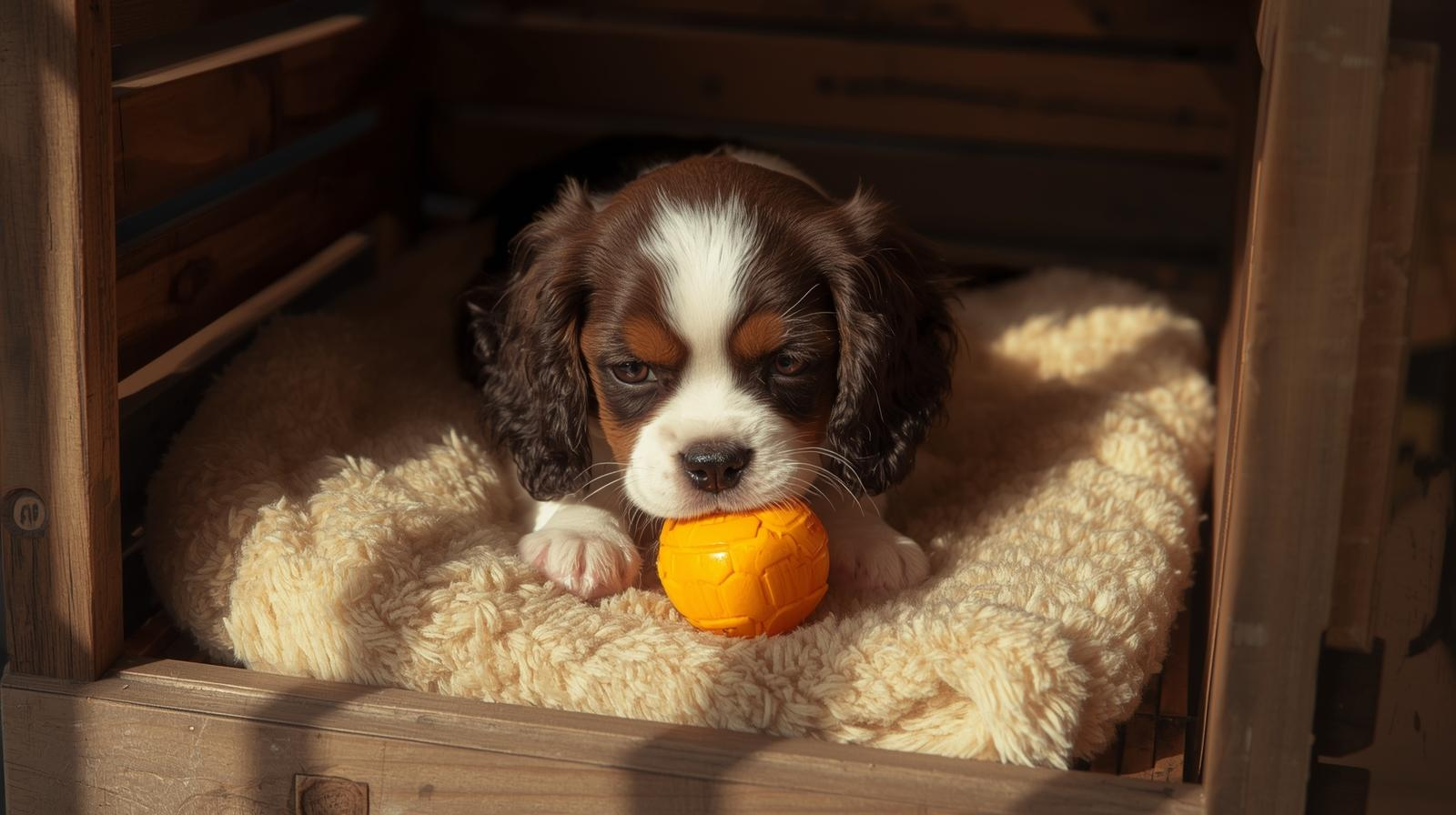
Crate training offers your Cavalier King Charles Spaniel more than just convenience — it provides safety, comfort, and structure. From supporting house training to reducing anxiety and preventing destructive behaviour, a crate can quickly become your Cavalier’s safe haven. Learn how this simple training method can transform daily life for you and your dog.
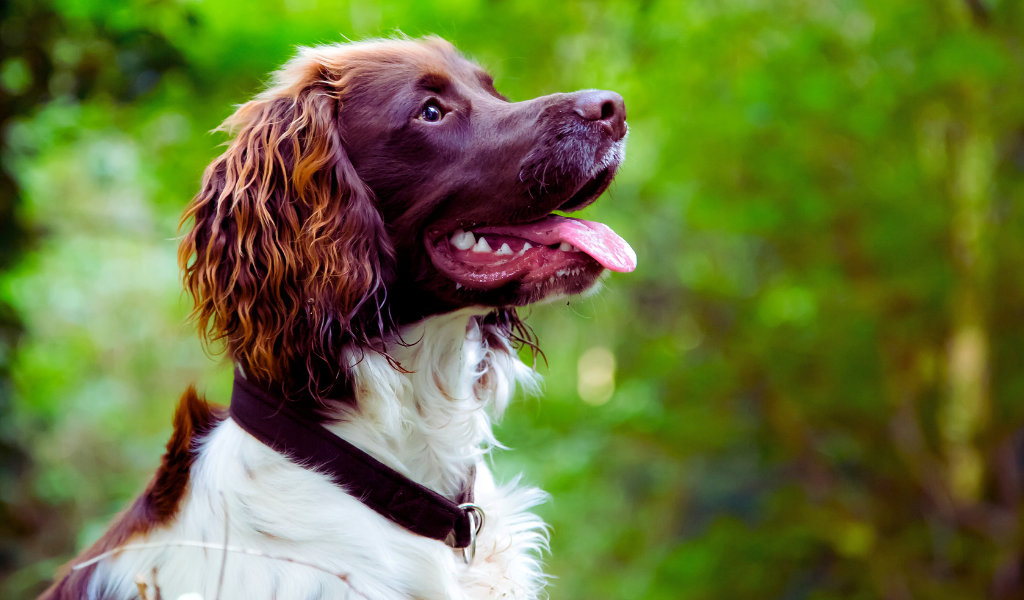
Springer spaniels. Jack of all trades or master of none? Discover if they are good working dogs.
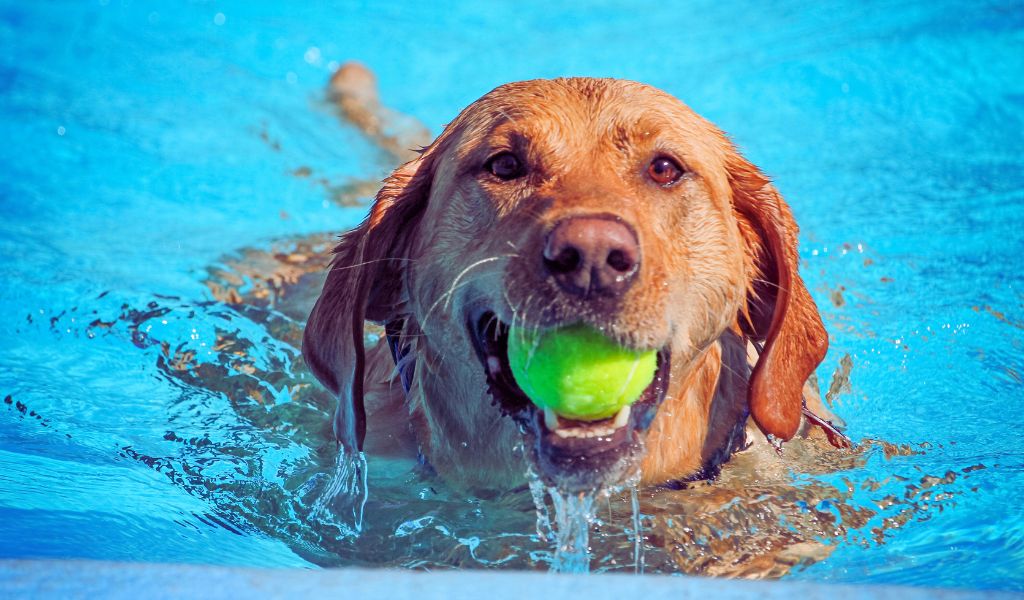
Learn about the safety of letting your dog swim in a chlorine pool. Discover the benefits, potential risks, and preventative measures to ensure a safe and enjoyable swimming experience for your canine companion. Get expert insights and tips for the best experience.
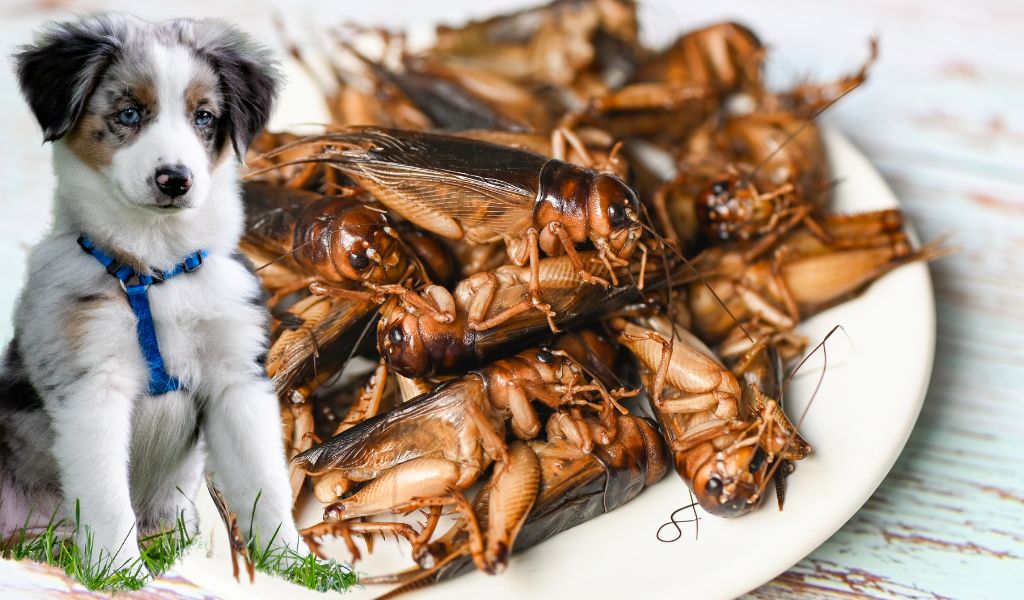
Discover the benefits of insect-based dog food, a sustainable, nutritious, and hypoallergenic alternative to traditional pet food. Learn how it supports canine health and reduces environmental impact.
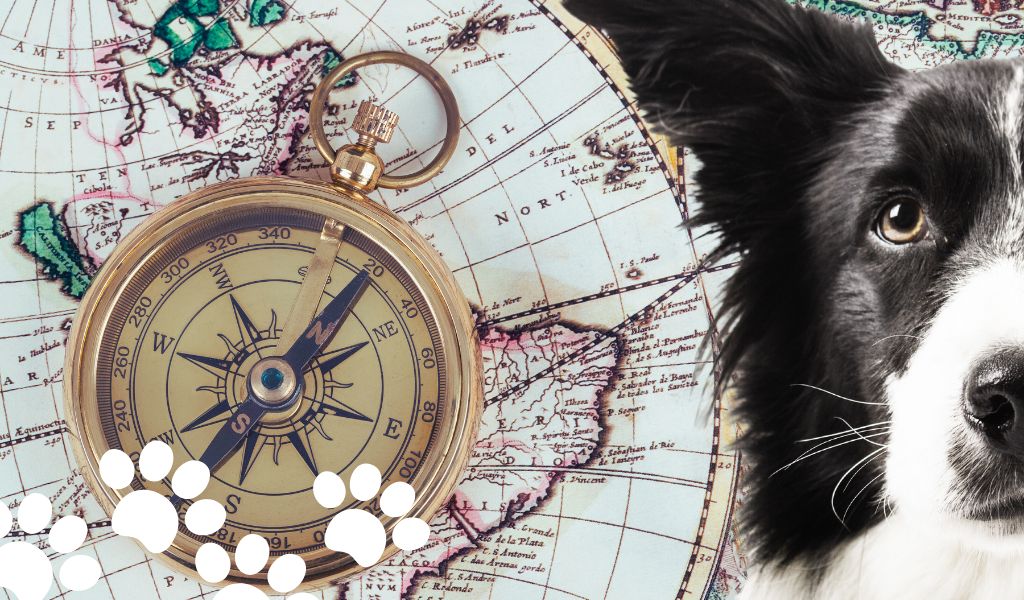
Discover how dogs find their way home using their exceptional sense of smell, hearing, visual cues, and possibly an innate magnetic sense. Learn about scientific studies, breed differences, and practical tips to enhance your dog’s navigation skills.